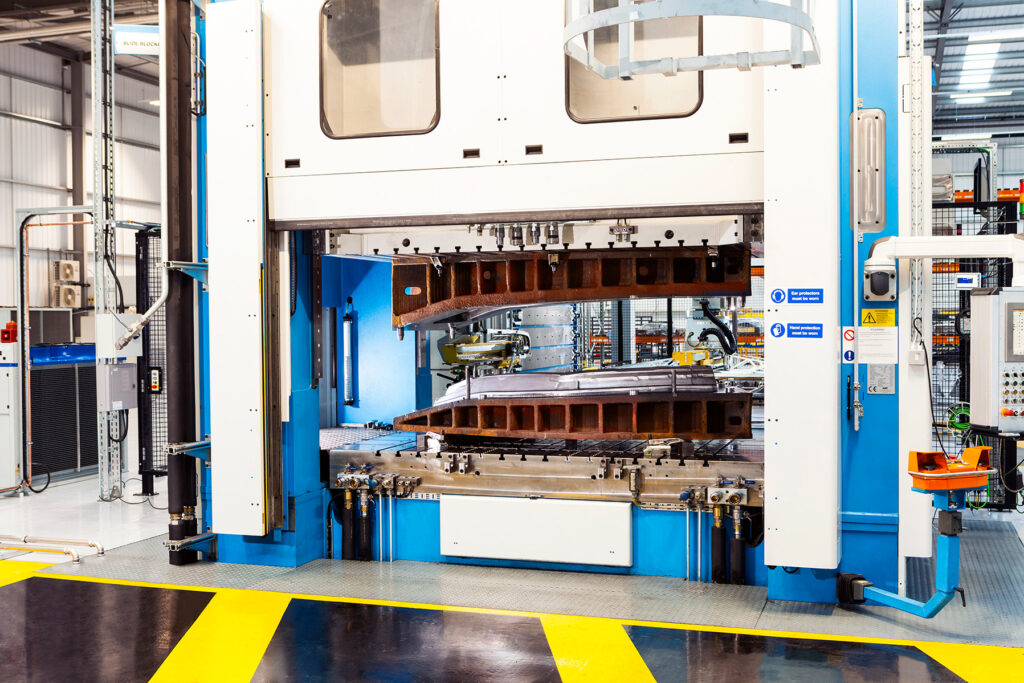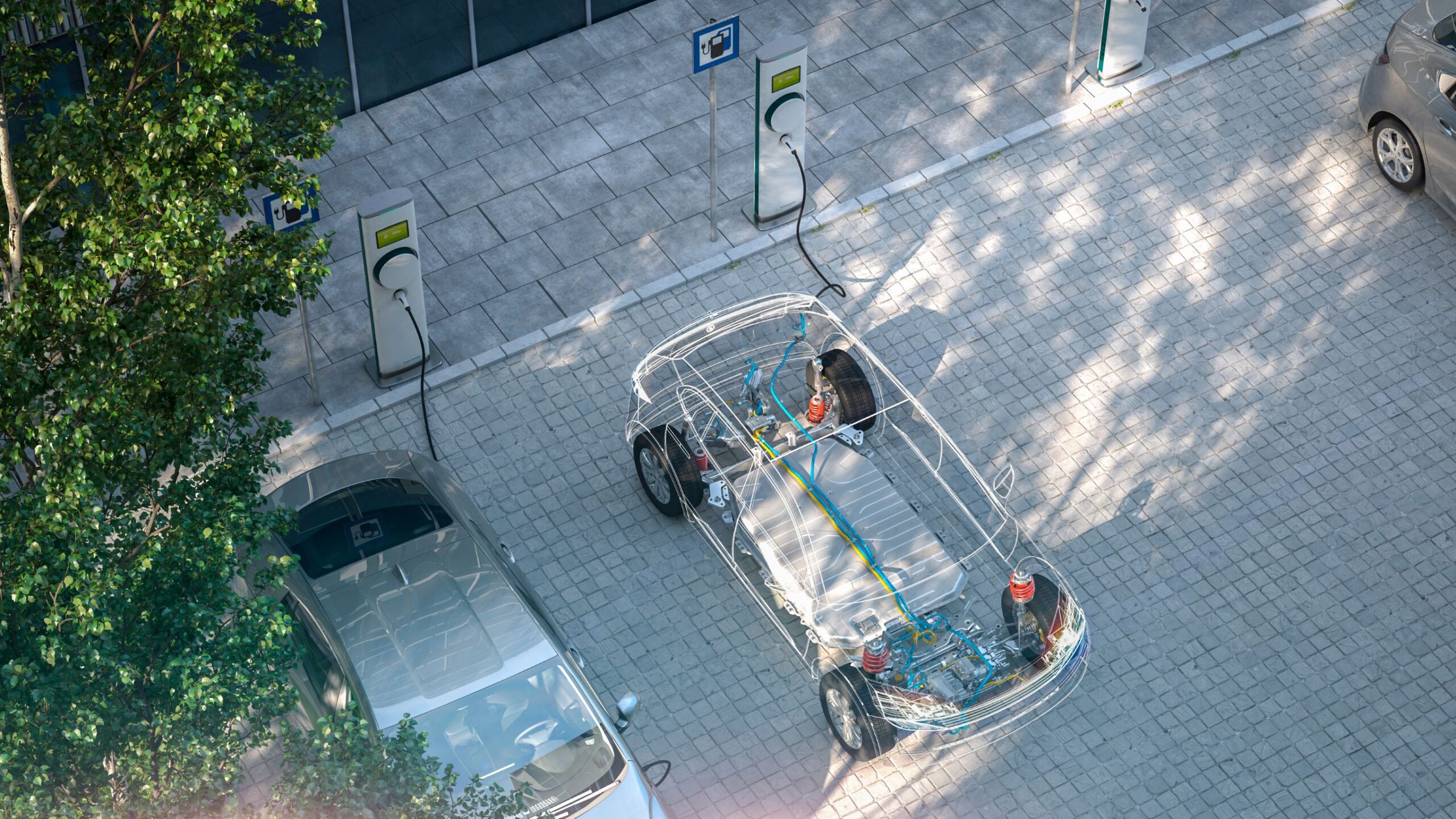‘Higher Aluminium Content to be Processed at End-of-Life’ by Adrian Tautscher
Following from the recent Vehicle Recycling Conference in Munich, our Principal Technical Specialist Adrian Tautscher expands on the use of aluminium in vehicle body structures.
“The aluminium content in aluminium vehicle body structures has been growing steadily for over 20 years and continues to accelerate across the automotive market” stated Mr. Adrian Tautscher, Presenter and Chairman at the Vehicle Recycling International Conference 2018 held in Munich in October. His view on the benefits of using aluminium are clear, “When aluminium is applied to optimise an automotive body structure, a weight saving of around 40% is achievable when compared to a steel based structure. These weight savings in the structure then allow other vehicle systems to be downsized such as the engine and gearbox, and in the case of electric vehicles it enables a smaller battery and/or improved range.” He added, “Weight reduction for car makers will continue to be a significant theme and this increasingly means that the End-of-Life infrastructure will need to adapt and keep pace with this opportunity as the earlier generations of cars with higher aluminium content reach End-of-Life and enter the automotive recycling value chain”.
The theme of the conference was very much on the challenges and complexities of End-of-Life, including the materials challenges, case studies, legislative demands and the challenges of battery electric vehicles. Just taking aluminium on its own, Mr. Tautscher explained that the value equation is a key driver, “Vehicles by mass are mainly metals based, and aluminium as a high value commodity can achieve even higher value through separation between the alloy types. Recyclers have the opportunity to further improve materials separation”. A further point he made related to the growing aluminium capital embedded in the current automotive stock that is starting to feed through. “A typical vehicle life is around 15 years in the UK so most of the aluminium intensive cars are still in use but eventually they will enter the recycling supply chain which becomes a very positive opportunity for the recyclers to liberate as fully as possible the value of aluminium and improve the overall recycling approach to keep material quality as high as possible”. When asked about how this can be achieved, Mr. Tautscher expanded on this aspect, “Typically when cars are shredded, the aluminium is contained in the light alloy fractions sometimes referred to as Zorba. A key development will be to use the latest sensor based sorting systems to separate the shredded outputs, ideally this means splitting the cast aluminium alloys from the sheet/wrought alloys, and then separation within each alloy group. As an example, one approach could be to separate high and low silicon casting alloys and separate the sheet aluminium between high and low copper aluminium alloys. The key challenge is to get the overall system to work economically, to overcome the initial investment and run at the required high speed of the shredding lines”.
Read the full article ‘Higher aluminium content to be processed at End-of-Life’ here:

